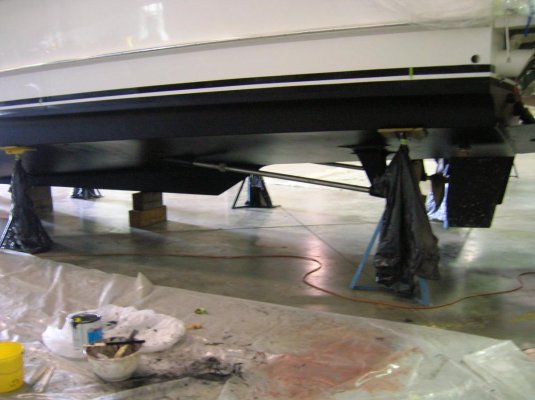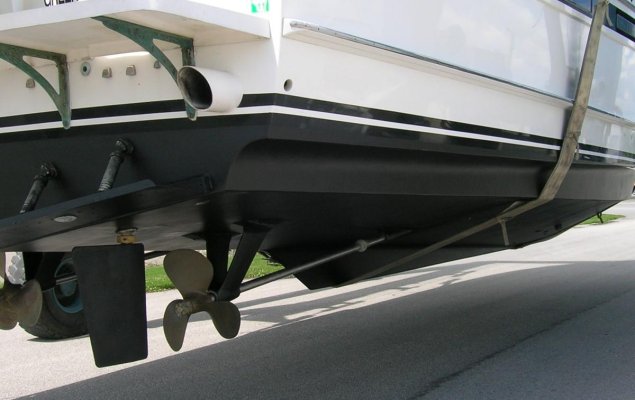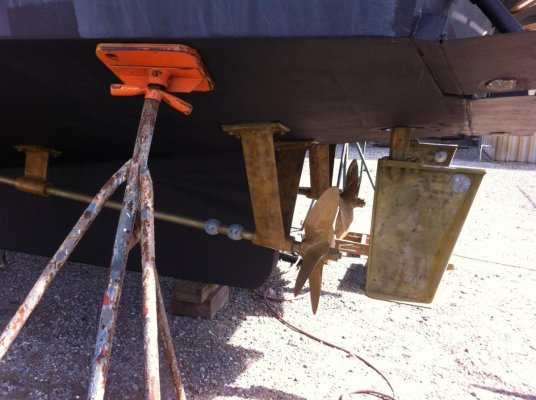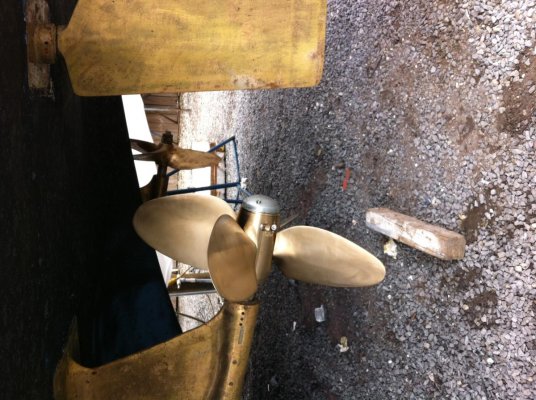BrianSmith
Senior Member
- Joined
- Mar 20, 2014
- Messages
- 487
- Location
- USA
- Vessel Name
- Smartini
- Vessel Make
- 2002 Kristen 52' Flybridge Trawler
I've just read two very long threads on twins vs. single - and this is NOT that again!
Among the boats we're looking at, the vast majority are twins, which I'm fine with. But a lot of them have much bigger, more powerful (thirsty) engines than we really want. I don't want to get a boat with two 500 hp engines, and then run them practically at idle to get the fuel economy we're interested in - that just can't be good for the engines.
So, how about shutting one down on purpose, and running the other one at a higher RPM, somewhere in the range suggested by the engine maker for that engine, as a way to save fuel? Assume, of course, that the gearbox on each engine is just fine with being "free wheeled" like this.
We recently went out for a few hours on just one and lost only about 25% of our speed from our normal cruise, and we also recently spoke with a captain who does a lot of long distance deliveries, who does the same. So: better to run two at slower than their intended speed almost all the time, or run only one at the intended speed, and leave the other shut down?
Among the boats we're looking at, the vast majority are twins, which I'm fine with. But a lot of them have much bigger, more powerful (thirsty) engines than we really want. I don't want to get a boat with two 500 hp engines, and then run them practically at idle to get the fuel economy we're interested in - that just can't be good for the engines.
So, how about shutting one down on purpose, and running the other one at a higher RPM, somewhere in the range suggested by the engine maker for that engine, as a way to save fuel? Assume, of course, that the gearbox on each engine is just fine with being "free wheeled" like this.
We recently went out for a few hours on just one and lost only about 25% of our speed from our normal cruise, and we also recently spoke with a captain who does a lot of long distance deliveries, who does the same. So: better to run two at slower than their intended speed almost all the time, or run only one at the intended speed, and leave the other shut down?






